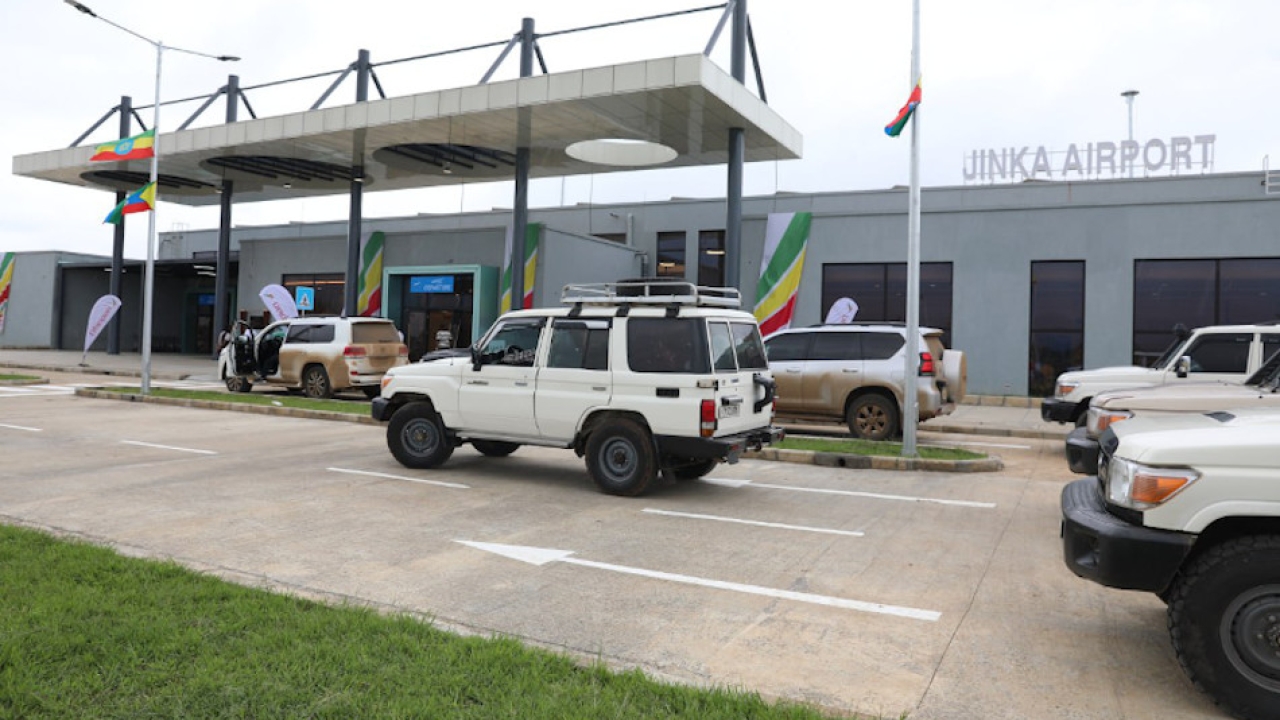Birthing pains for island's new airport
The airport on St Helena – the small island in the south Atlantic around 1,200 miles off Africa's west coast – is becoming operational. But, as Samantha Wellard reports, the project has not always gone without a hitch.

The run-up to the opening the new airport on St Helena has not been smooth.
The idea for air access to St Helena was first conceived back in 2005 but, in 2009, the UK Government decided to delay the development.
However, in July 2010, the Secretary of State for International Development, Andrew Mitchell, released a statement confirming the financing of the airport.
He said: “We would be willing to finance an airport for St Helena on condition that: an acceptable contract price is achieved; the risk of cost and time overruns after the award of the contract is addressed; the airport design is approved by Air Safety Support International (ASSI); and the St Helena Government undertakes to implement the reforms needed to open the island’s economy to inward investment and increased tourism.”
By the following January, the invitation to tender documents had been completed and invitations were sent out to potential constructors Impregilo and Basil Read. A £201.5 million ($290.6 million) contract was then signed with Basil Read in 2011, ready to begin building the following year.
Construction finally started in 2012 and, since then, the airport has been building up to its opening this year, with the first few months of 2016 providing many milestones for St Helena.
In April, British Airways, operated by Comair, signed up to be the first to fly scheduled flights to St Helena Airport. The return flights will operate weekly, every Saturday, departing from Johannesburg’s OR Tambo International Airport.
The first ever jet to land at the airport was operated by ExecuJet, to bring a team of ASSI personnel to St Helena in preparation for an audit. The aircraft travelled from Lanseria Airport and stopped to refuel at Walvis Bay in Namibia. On board were three pilots and eight passengers, with the team being led by senior aerodrome inspector, Justin Rothwell.
Later in April, British Airways and Comair operated the first passenger jet to arrive at the airport – a Boeing 737-800. On board were Comair and Basil Read personnel, along with other passengers and a selection of spare parts to remain on the island for future repairs.
“The flight itself was a ‘non-event’ – beautiful over the sea with a fantastic view of the island coming into land,” noted Comair operations director Martin Louw.
“We did a few practice approaches just to make sure we understood the approach – safety is always paramount,” he added.
The test-flight allowed for the carrier to make a route assessment and judge airside operations, passenger and cargo handling, training and various aspects of safety at the airport.
The flight did throw up one hiccup. It was discovered that turbulence and wind shear on the approach to Runway 20 were unsafe and further work needed to be completed to combat this. Two operational readiness trials have been completed since then, with volunteers acting as arriving and departing passengers. Gwyneth Howell, head of operations at St Helena Airport, said: “These trials have been a great success and a genuine achievement for all who volunteered to play a role on each day. I thank all of our volunteers.”
The airport finally received its safety certification in May, which is valid until November 2016. Unfortunately, that slight delay meant that the planned opening ceremony on May 21 had to be postponed.
It had been intended to hold a grand event with island residents, the governor, and HRH Prince Edward, all in attendance. An open day was held instead during May, with residents invited to visit the airport, ask questions and experience all its different areas.
A new date for the official opening ceremony had yet to be confirmed as African Aerospace was going to press.
Stay up to date
Subscribe to the free Times Aerospace newsletter and receive the latest content every week. We'll never share your email address.

